Toys, those magical companions of childhood, hold the power to ignite imaginations, nurture creativity, and shape young minds. As parents, we yearn to provide our children with toys that not only entertain but also foster their development and instill a lifelong love of learning.
Navigating the vast world of toys can be a difficult task, but with a little guidance, you can transform toy shopping into an enriching experience for both you and your child.
- Consider Age Appropriateness: Choose toys that are aligned with your child’s developmental stage. Toys that are too advanced can frustrate and discourage, while those that are too simple may not provide enough challenge.
- Encourage Exploration and Problem-Solving: Select toys that stimulate curiosity and encourage experimentation. Puzzles, building blocks, and manipulative toys foster logical thinking and problem-solving skills.
- Promote Social and Emotional Development: Toys that encourage pretend play, such as dolls, stuffed animals, and play kitchens, help children develop empathy, social skills, and emotional intelligence.
- Nurture Creativity and Imagination: Opt for open-ended toys that allow for imaginative exploration. Art supplies, dress-up clothes, and construction sets spark creativity and encourage self-expression.
- Balance Screen Time with Active Play: While technology offers educational opportunities, limit screen time for young children. Encourage physical activity with outdoor play, sports equipment, and active play toys.
- Create a Safe and Fun Play Environment: Choose toys made from safe materials and ensure they are age-appropriate. Designate a play area that is organized, clutter-free, and conducive to imaginative play.
- Encourage Sharing and Cooperation: Teach children the importance of sharing and taking turns. Engage them in cooperative games and activities that foster teamwork and empathy.
- Manage Toy Clutter: Implement an organized storage system to keep toys easily accessible and reduce clutter. Regularly declutter and donate or discard unused or broken toys.
- Make Toy Shopping a Fun Experience: Involve children in the toy-buying process, allowing them to express their preferences and make informed choices. Turn toy shopping into a bonding experience filled with laughter and discovery.
How to Choose Age-Appropriate Toys
Infants (0-12 months): Focus on toys that stimulate the senses, such as rattles, teething toys, and high-contrast objects.
Toddlers (12-36 months): Choose toys that encourage movement and exploration, such as balls, blocks, and stacking toys.
Preschoolers (3-5 years): Opt for toys that promote creativity and imagination, such as art supplies, dress-up clothes, and construction sets.
School-Age Children (6-12 years): Select toys that challenge their cognitive skills, such as puzzles, board games, and building kits.
How to Choose Toys That Promote Creativity and Imagination
- Embrace Open-Ended Toys: Provide toys that offer multiple possibilities for play, such as blocks, art supplies, and dress-up clothes.
- Encourage Pretend Play: Create opportunities for imaginative play, such as setting up a play kitchen, providing props for storytelling, and joining in their make-believe scenarios.
- Nurture Curiosity: Encourage exploration and discovery by providing toys that spark curiosity, such as science kits, magnifying glasses, and nature-themed toys.
How to Choose Toys That Encourage Learning and Development
- Align with Developmental Goals: Choose toys that support specific skills, such as counting blocks for numeracy, puzzles for problem-solving, and building sets for spatial reasoning.
- Make Learning Fun: Integrate learning into playtime by incorporating educational games, interactive toys, and hands-on activities.
- Encourage Active Participation: Guide children through the learning process, providing support and encouragement as they explore and discover.
How to Balance Screen Time with Active Play
- Establish Limits: Set clear guidelines for screen time, incorporating breaks and encouraging alternative activities.
- Create Screen-Free Zones: Designate areas in your home as screen-free zones, such as the dining room and bedrooms.
- Promote Active Play: Encourage outdoor play, physical activities, and hands-on creative pursuits.
How to Create a Safe and Fun Play Environment
- Choose Safe Toys: Opt for toys made from non-toxic materials and ensure they are age-appropriate, free of small parts or potential hazards.
- Supervise Playtime: Closely monitor younger children during playtime, ensuring they are using toys safely and appropriately.
- Create a Designated Play Area: Designate a specific space for playtime, organizing toys in a way that is accessible and encourages creativity.
Additional Tips for Parents
- Involve Children in the Toy-Buying Process: Allow children to participate in toy shopping, taking their preferences and interests into consideration.
- Make Toy Shopping Educational: Turn toy shopping into a learning experience by discussing the features, benefits, and potential uses of different toys.
- Encourage Shared Playtime: Organize playdates with friends or siblings to foster social interaction and cooperation.
- Use Toys as Storytelling Prompts: Engage children in imaginative storytelling using toys as props and characters.
- Monitor Toy Safety Regularly: Inspect toys periodically for any damage or potential hazards.
- Incorporate Toys into Everyday Activities: Use toys to teach concepts and skills during everyday activities, such as counting toys while shopping or sorting colors while doing laundry.
- Celebrate Toy Achievements: Acknowledge and celebrate children’s accomplishments and discoveries made through play.
- Cherish Playtime Memories: Capture and cherish precious moments of playtime through photos or videos.
- Seek Professional Guidance: If you have concerns about your child’s development or toy choices, consult with a pediatrician or early childhood educator.
Remember, the most important aspect of toy selection is to find toys that resonate with your child’s interests and developmental stage. By carefully considering these tips, you can embark on a journey of enriching play that ignites your child’s imagination, nurtures creativity, and lays the foundation for lifelong learning and happiness.
As you navigate the world of toys, consider Shopbefikar, your one-stop shop for a wide selection of safe, high-quality toys that cater to every stage of childhood development.
From stimulating toys for infants to creative playthings for preschoolers and challenging puzzles for school-age children, it offers a diverse range of options that spark imagination, encourage learning, and foster social and emotional growth. With a commitment to safety and child development, Shopbefikar makes toy shopping a fun and rewarding experience for both parents and children.
Read- Choosing the Perfect Toys for Growing Minds with Shopbefikar

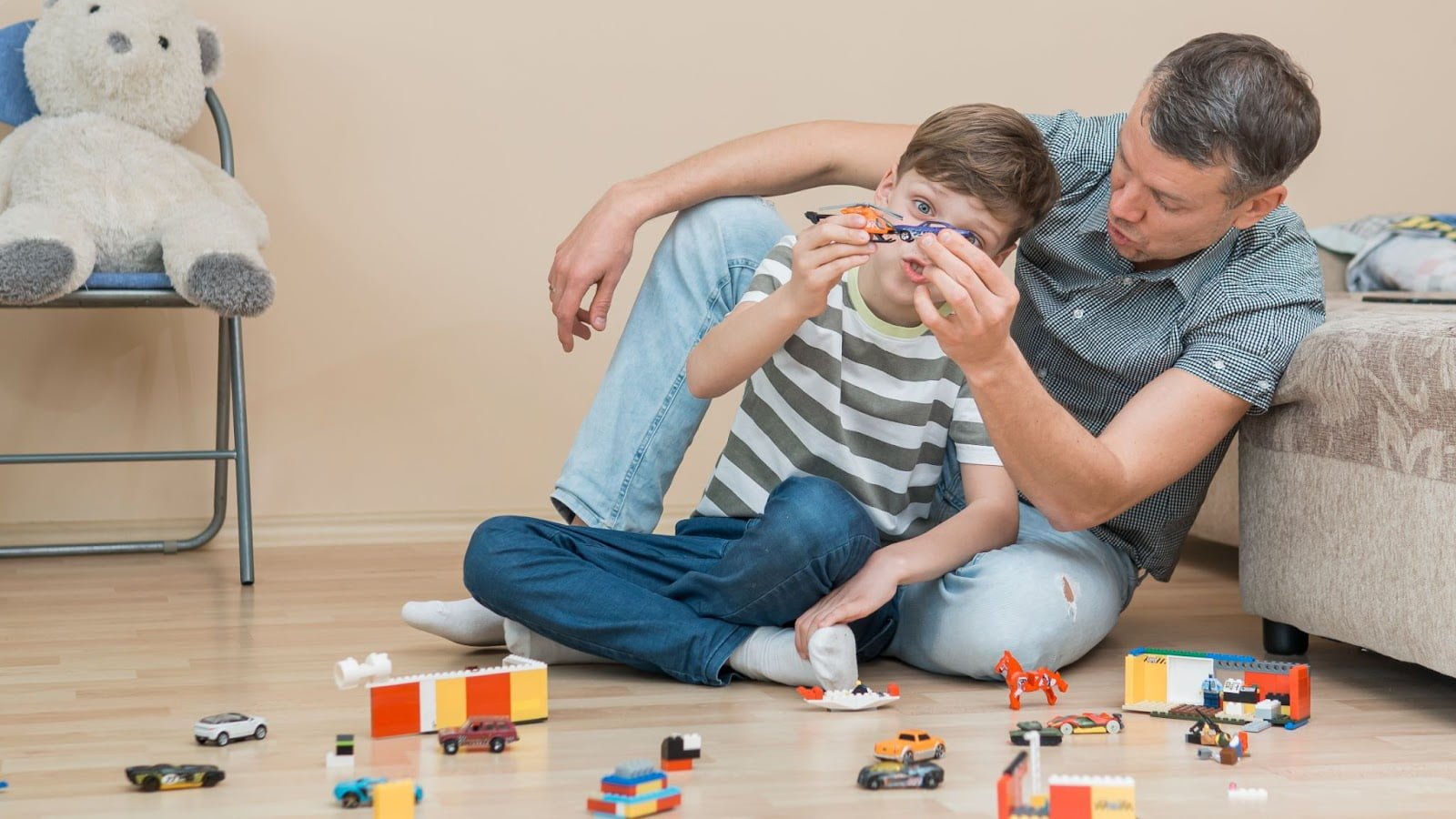

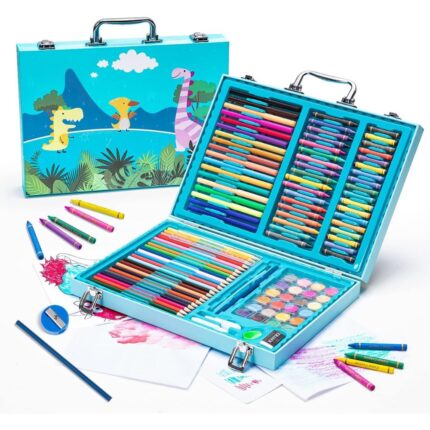
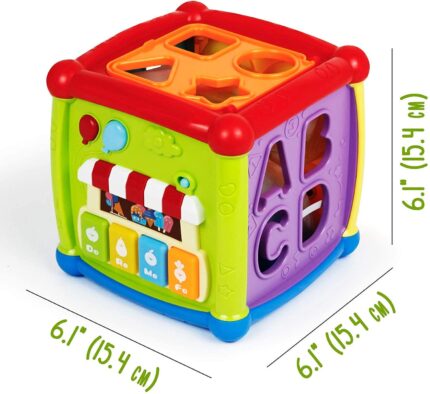
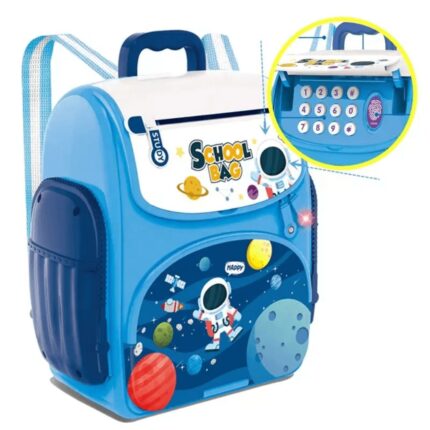
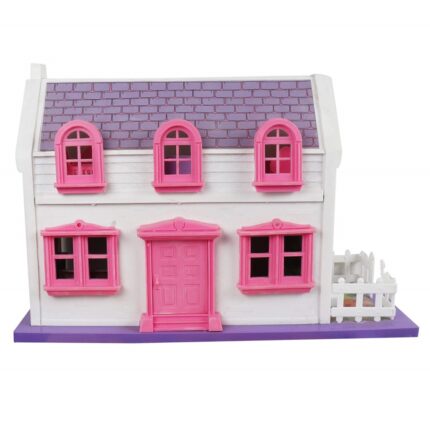
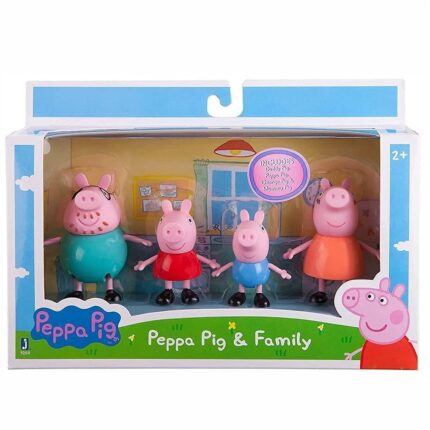
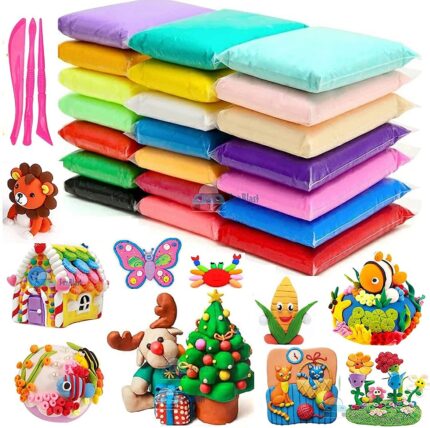
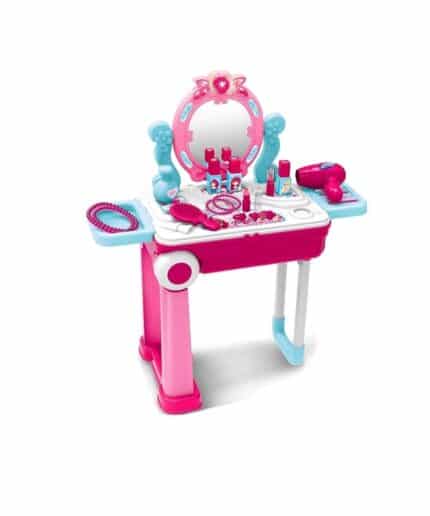
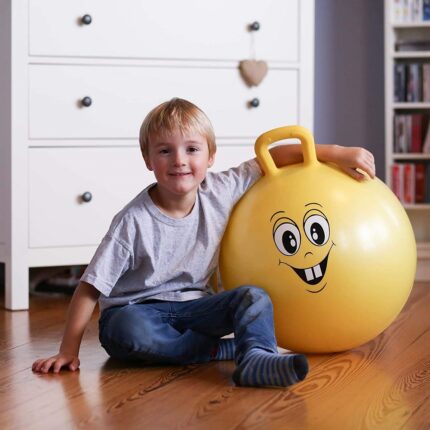
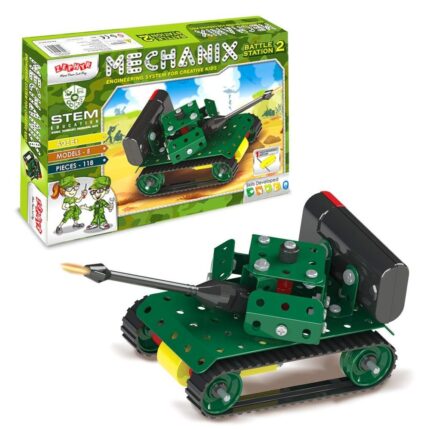
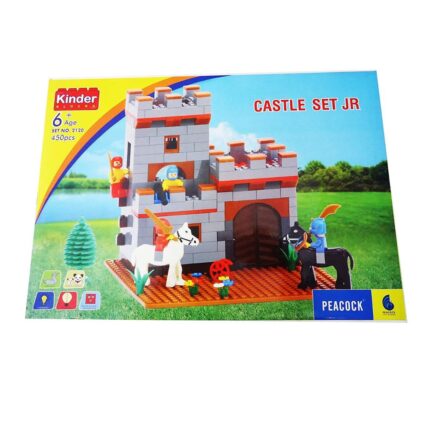
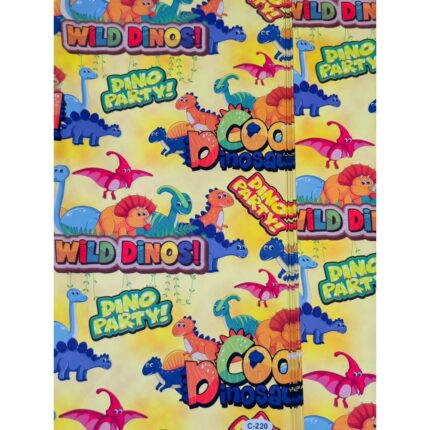
2 thoughts on “General Tips for Choosing Toys for Kids”